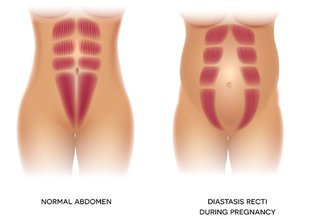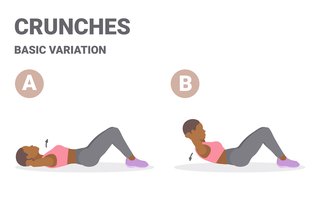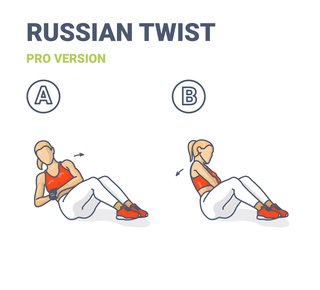Diastasis recti (DRAM) happens in the rectus abdominis muscle. This muscle has 2 halves that are connected by tissue. As your baby grows during pregnancy, the tissue stretches. This stretched tissue is thinner and can feel like a gap in the middle of the muscle.
This gap is normal in pregnancy.
It can take up to 6 weeks after the birth for the gap to reduce. But sometimes it can take longer.

Check for diastasis recti
To check for diastasis recti:
- Lie on your back with your knees bent and feet flat on the floor.
- Lift your head and shoulders slightly and look down at your tummy.
- Place the tips of your fingers above your belly button and feel for a gap in the middle of your tummy. Turn your fingers sideways to feel the width of the gap. Then check for the gap below your belly button.
If you can fit more than 2 fingers between the muscles, there are some things you can do to help reduce the gap.
If you had a caesarean, wait until at least 5 weeks after giving birth. This is because your scar needs time to heal.
What you can do to reduce the gap in your tummy
To help reduce the gap:
- have a good posture
- wear a binder or compression top - this can help narrow the gap for up to 8 weeks after the birth
- perform a repeat crunch - if you had a caesarean, do not do these exercises until 12 weeks after having your baby
How to do a crunch

- Lie on your back with your knees bent and your feet flat on the floor, hip-width apart.
- Place your hands behind your head, on your thighs or across your chest.
- Slowly curl up towards your knees and breathe out until your shoulders are slightly lifted off the floor.
- Hold this position for a few seconds and lower down slowly.
- Repeat this exercise several times until you feel tired.
How to do a Russian twist

- Sit on the floor and bend your knees with your heels on the floor.
- Lower your upper body back slightly.
- Twist to one side and aim to tap your elbow on the floor.
- Do this on the other side.
- Repeat this exercise several times until you feel tired.
Try not to hold your breath when bending, lifting and exercising. This is a bad habit some people get when their tummy muscles are weak.
Non-urgent advice: Ask your GP for a physiotherapy referral if:
- you are worried about the gap in your tummy after 8 weeks
